Philippine Medicinal Plant
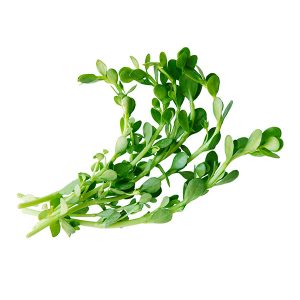 Bacopa
Bacopa
In the Philippines, this herb is one of the ingredients of a memory-enhancing food supplement. Decoctions of the plant have diuretic effects. In Ayurveda, bacopa is used primarily to improve concentration. It works on the nervous system and supports calmness and retention of information. It is considered to be rejuvenative as well.
 Bitter Melon
Bitter Melon
Though not formally regarded as an plant with anti-tumoral properties, compounds have been identified in the flowers, leaves, and seeds of Rangoon creeper that show anti-cancer action against certain cancer cell lines in vitro. The plant is used medicinally in both Ayurvedic and traditional Chinese medicine, mainly as a gastrointestinal herb for stomach pain and intestinal parasites.
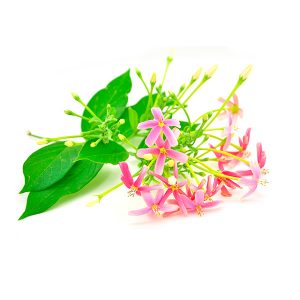 Rangoon Creeper
Rangoon Creeper
Though not formally regarded as an plant with anti-tumoral properties, compounds have been identified in the flowers, leaves, and seeds of Rangoon creeper that show anti-cancer action against certain cancer cell lines in vitro. The plant is used medicinally in both Ayurvedic and traditional Chinese medicine, mainly as a gastrointestinal herb for stomach pain and intestinal parasites.
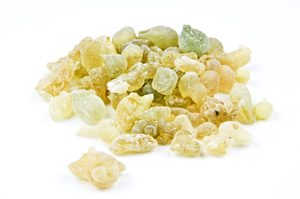 Philippine Fig
Philippine Fig
This is widely used as an ornamental plant but in other parts of the country, young shoots are cooked and eaten as salad and with coconut milk. Leaves are also processed to become noodles because of its natural flavoring. The leaves is rich in dietary fibers and carbohydrates that is good to be used in high-fiber diet and energy drinks.
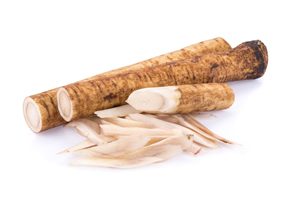
Queen’s Flower
The decoction of the leaves is been widely used to treat urinary problems. It serves as a diuretic. The old leaves also were noted to lower blood glucose level and also used in folkloric medicine for diabetes. The anti-diabetic property of Lagerstroemia is being linked to corosolic acid content which works as “insulin sensitizer”.The roots of the tree are used as purgative and astringent.
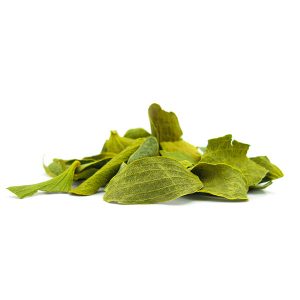
Philippine tea tree
The leaves are boiled to make tea or infusion used to treat abdominal problems like colic, diarrhea, and spasm. As anti-infective, boiled leaves are also used as mouthwash and feminine wash after childbirth. In other parts of Asia like India, it is used to promote fertility and for snake bite wounds. Juice extracted from the leaves is used to lower down blood sugar level in Sri Lanka.
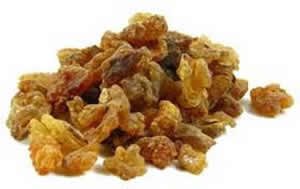
Bowstring Hemp
It has been widely used in Indian folkloric medicine as an expectorant for cough. The roots and rhizomes are the common parts that is being utilized. Leaves are used as emollient and for various skin diseases.

Queensland Cherry
In culinary, fruits are edible and used in food products like jelly, vinegar, and wine. Leaves are used for salad and a good source of calcium and iron.
In traditional medicine, leaves are used as a treatment for anemia, hypertension and snakebites. It is also used in treating syphilis and joint pain. Bark decoction is used for fever.

Cathedral bells
In Ayurveda and some Asian countries like Bangladesh, pounded leaves are used to treat insect bites, wounds, and ulcers. Boiled leaves are used for asthma, diarrhea and dysentery. In South Africa, it is used for the treatment of gonorrhea and expulsion of placenta after giving birth.

Jewelweed
Most parts of the plant like the leaves, seeds, and shoots are edible. Flower and leaves are used as dyes. In Asian countries like Malaysia and Philippines, pounded leaves are used to treat abscesses in the finger and toenails. Dried pounded flowers are used to treat inflammation, wound, snakebites, and dysmenorrhea. Powdered seeds use to aid in childbirth labor in China. Jewelweed is used to treat poison ivy rashes in the US.

Motherwort
Leaves, shoots, and roots can be eaten and used as herbs in cooking. In traditional medicine, leaves are often used to relieve menstrual pains and disorder. This part also has been widely utilized as a diuretic and rheumatism. It is also used in Java, Indonesia for postpartum hemorrhage. Some countries are using this also as a marijuana alternative.

GooseGrass
In the Philippines, this grass is commonly used as diuretic and treatment for various kidney problems. It is also commonly used in traditional medicines to expel intestinal worms. In Malaysia and Bangladesh, it is being drunk after childbirth and treatment for a prolapsed uterus. Some are using it for wounds and snakebites by pounding the leaves.

Philippine Cedar
Traditionally used as an antiseptic that is good for wound cleaning and ulcers. The bark is either boiled or pulverized. The decoction of flower is used in treating abdominal pain and as antispasmodic.

Moneywort
In the Philippines, this herb is one of the ingredients of a memory-enhancing food supplement. The decoction of the plant is also known as a diuretic. In Ayurveda, this herb is used in neuro-psychological problems like anxiety, depression, epilepsy and psychosis.
Many experts throughout history have regarded cancer salves and pastes as the most thorough, safe, and efficacious way to treat cancer, especially skin and breast cancers but also cancers of other organs. In this book, Ingrid Naiman meticulously traces the use of such products in ancient India and by Hildegard of Bingen, Native Americans, and modern physicians. She provides detailed instructions for making and using the salves, a fair comparison of the pros and cons, and eight pages of color pictures showing responses to the products. Visit her Cancer Salves site for more information, answers to frequently asked questions, and a checklist for people facing cancer.
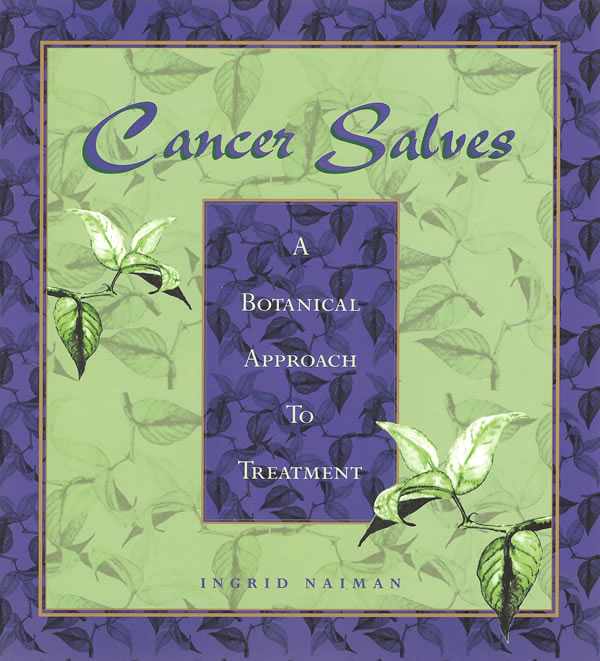
Cancer Plants
Donations
Your donations are greatly appreciated.
Information
Newsletter
To be notified of new posts to this site, please subscribe, using the link button below. You can cancel your subscription at any time you choose.
Copyright by Dr. Ingrid Naiman 2003 and 2018
All Rights Reserved || Institute for Invisible Epidemics
